
Want To Improve Employee Retention? Begin By Improving Your Onboarding Process

Ms. Pomerantz is the CEO of TPG HR Services USA and has over 35 years of Human Resources practices experience. She holds a Master’s in Human Resource Management (MHRM) and is a certified Senior Professional in Human Resources (SPHR) and SHRM Senior Certified Professional (SHRM-SCP). Mary also serves as CEO of Mary Pomerantz Advertising, one of the largest recruitment advertising agencies in the country. Earlier in her career, she was president of the 17th largest staffing firm in the country.
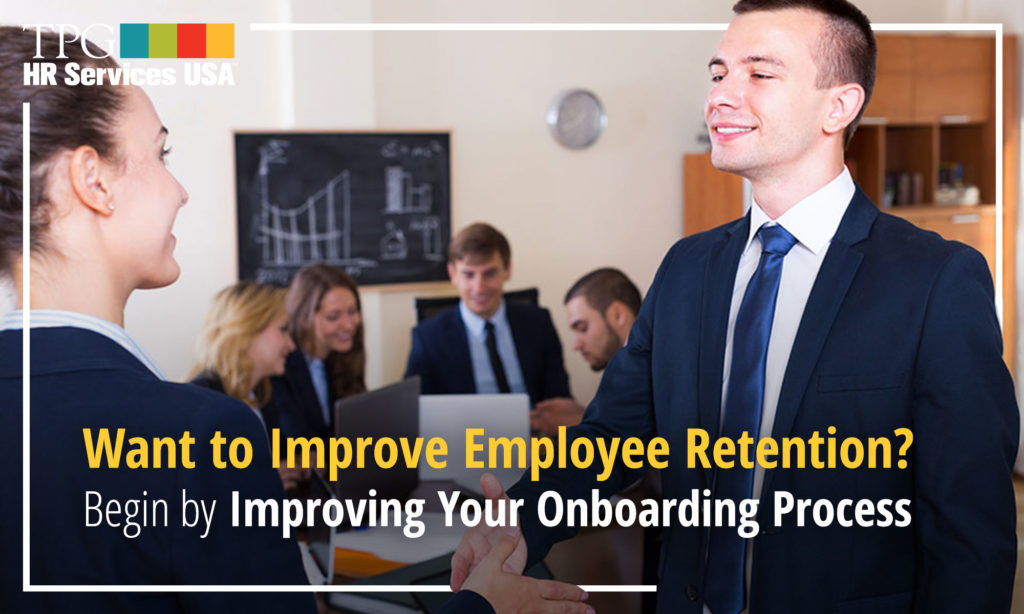
It seems that employee retention has become an increasingly popular buzz phrase for employers around the U.S. With low levels of national unemployment and a select few superstar employees available for the taking when employers identify a high performer within their organization, they should move heaven and Earth to keep them. But with employees constantly on the lookout for new opportunities, what can employers do to hold onto their best workers? It all starts with an effective onboarding process.
Onboarding Is More Important than You Think
It seems that employee retention has become an increasingly popular buzz phrase for employers around the U.S. With low levels of national unemployment and a select few superstar employees available for the taking when employers identify a high performer within their organization, they should move heaven and Earth to keep them. But with employees constantly on the lookout for new opportunities, what can employers do to hold onto their best workers? It all starts with an effective onboarding process.
“onboarding is something that is often overlooked, breezed over and lumped in with orientation and training.”
For those who are unsure of the exact meaning, onboarding is the process of integrating a new employee into an organization. In a large portion of companies around the U.S., onboarding is something that is often overlooked, breezed over, and lumped in with orientation and training. There are many CEOs, business owners, and company managers who do not see much value in focusing time or effort on creating an effective onboarding process. These individuals would be surprised to learn just how important onboarding is.
- Don’t Ignore First Impressions: Many new hires have a “wait and see” attitude when they start a new job. Being that the onboarding process is a large part of a new hire’s first impression, a sloppy process or a non-existent one will not look good. One 2009 study found that a new hire’s decision to stay with a company long-term is made during the first six months of employment. One 2014 survey of approximately 1,000 participants found that 16-17 percent of respondents left a job within the first three months. Many of the respondents who left cited a lack of clear guidelines and ineffective training.[1]
- Improve Employee Performance: Effective onboarding programs have been proven to increase employee performance. This is because the onboarding process instructs new hires about a company’s mission, vision, values, culture, and what is expected of them.
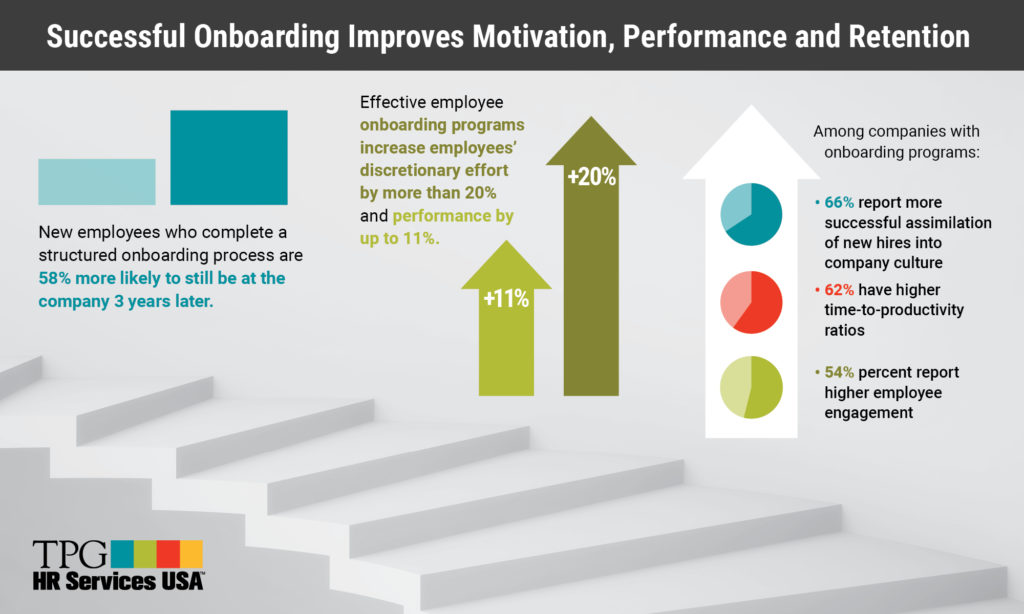
How Onboarding is Linked to Retention
You may be confused about how your onboarding process will impact your ability to hold onto workers. After all, if you’re paying a competitive salary and offer good benefits, what else do you really need? If money were all it took to retain your top-performing workers, employee retention wouldn’t be such a mystery to many business owners.
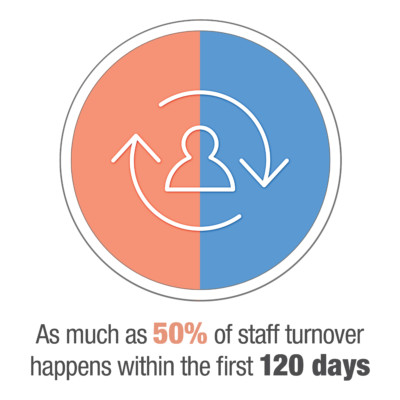
People want to work at a high-functioning company with competent leadership. A poorly managed onboarding process gives the complete opposite impression. With as much as 50 percent of staff turnover happening within the first 120 days, the clock is ticking on employee retention the minute your new worker starts.[2] Employees who go through effective onboarding programs are more likely to remain at a company for at least three years.
All of the money and perks in the world won’t help if your workers are unsure of what you expect of them. Today’s workers want to know about your company’s mission and how their job will directly contribute to it. If your onboarding program fails to answer these questions, your new hires will become unengaged and will begin looking for new jobs sooner rather than later.
Tips for Improving Your Onboarding Process
Having an effective onboarding process in place is more about preparation and effort than it is about having any particular skills. You need to be willing to put the time in to create a thorough onboarding process that prepares new hires to reach their maximum level of productivity as quickly as possible. Here are some tips to help you improve your current onboarding or create a brand-new process.

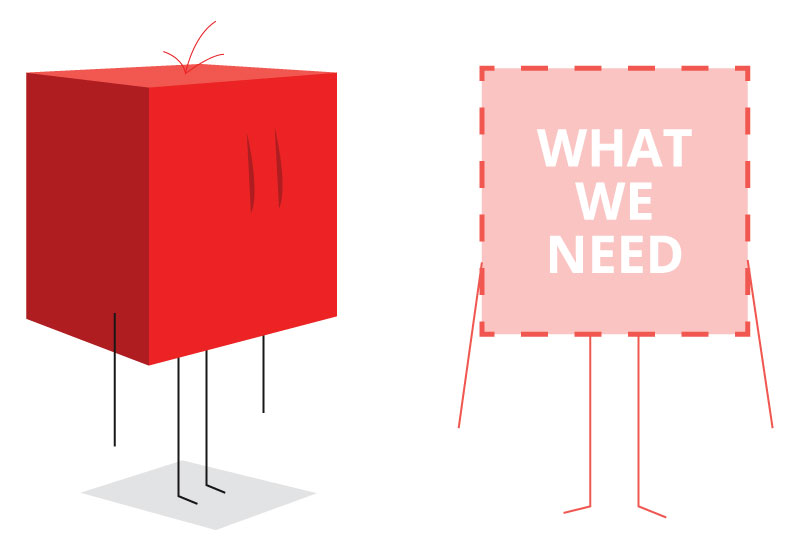
Understand the Purpose: The onboarding process is not about extolling the virtues of your company and telling new hires how great you are. The purpose of onboarding is to help new hires develop the necessary skills and behaviors to become effective contributors to your company. Everything presented in your onboarding package should focus on this.
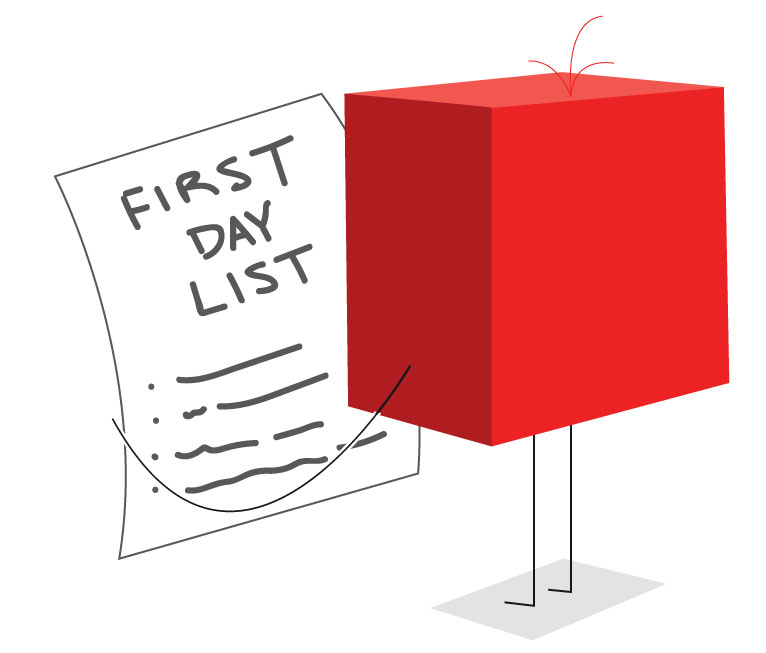
Pre-Onboarding: There’s no need to overwhelm your new hires with volumes of information on the first day. Instead, a welcome email prior to a new hire’s start can serve as the first onboarding step. You can include company links to videos, virtual tours of the company, a rundown of their role and responsibilities, what to expect on their first day, and anything they need to bring to work on the first day.

Set Things Up BEFORE Your Employee Starts: It’s extremely discouraging for a new employee to come to work only to find that their new job was not prepared for them to start. Before your new employee walks in, you should have their company email set up, their workstation ready and some immediate tasks for them to get started on. The last thing you want is for your new hire to be sitting around with nothing to do.
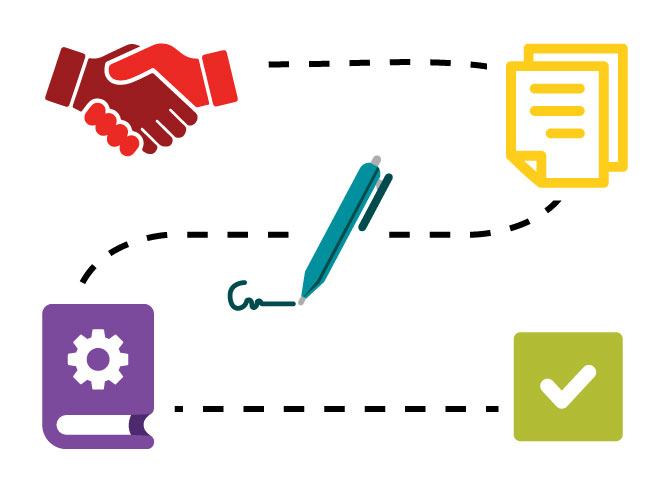
Onboarding is Ongoing: Giving your new hires all of the onboarding information they need all at once is not effective. Many will forget important details, while others will tune everything out due to overload. Use a time-release onboarding strategy to slowly introduce new information to your new hires to maximize effectiveness.
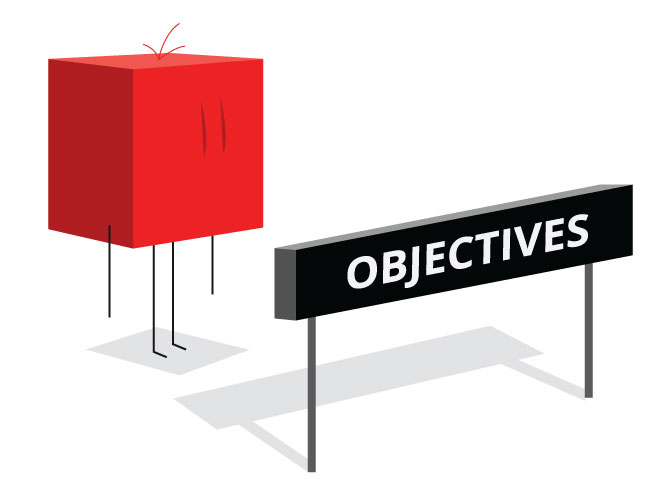
Provide Clear and Measurable Performance Objectives: Not only do new workers need to know how their roles contribute to the company’s bottom line, but they also need clear performance objectives and measurable ways to evaluate their progress. Outlining specific performance goals will help your new hires perform at their highest levels more quickly.

Make New Hires Feel Welcome: Every new employee begins as a stranger in a strange land. You can make your new worker feel like part of the team by setting them up with a “buddy” to introduce them to co-workers, show them around the office, discuss the company hierarchy and perhaps even show them some popular lunch spots in town. A company-wide email welcoming your new hire could also be helpful in this regard
The importance of effective onboarding cannot be overstated. Many of your new workers begin with skeptical attitudes about your company, and your onboarding process will go a long way in defining their perceptions of you. If you haven’t reviewed your onboarding process in a while or are unsure of what to do to improve it, the professionals at TPG HR Services USA are here to help. We specialize in a wide range of human resource duties, including employee communications and onboarding. To learn more about the importance of onboarding and how you can improve your process, we invite you to contact us at 732-917-6000.
